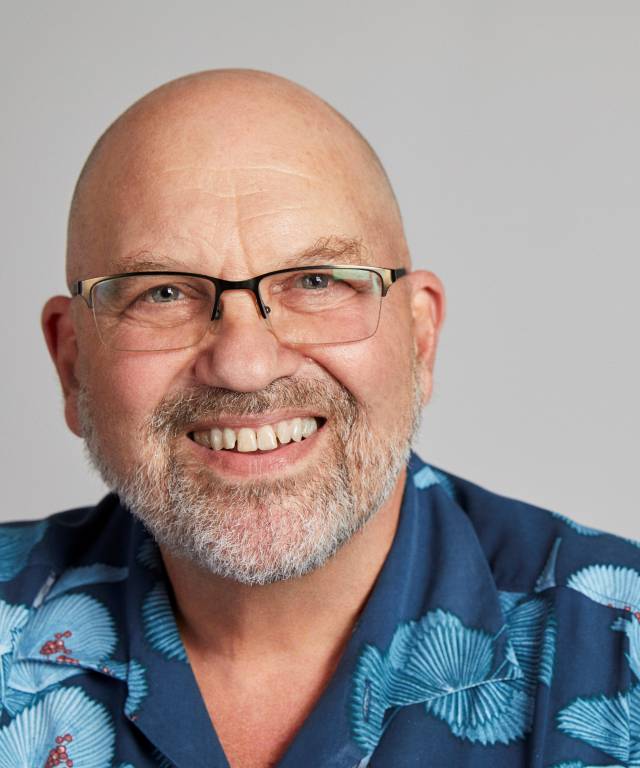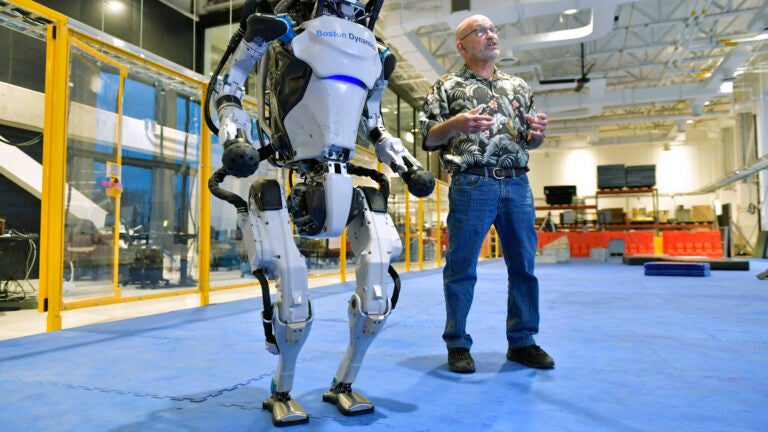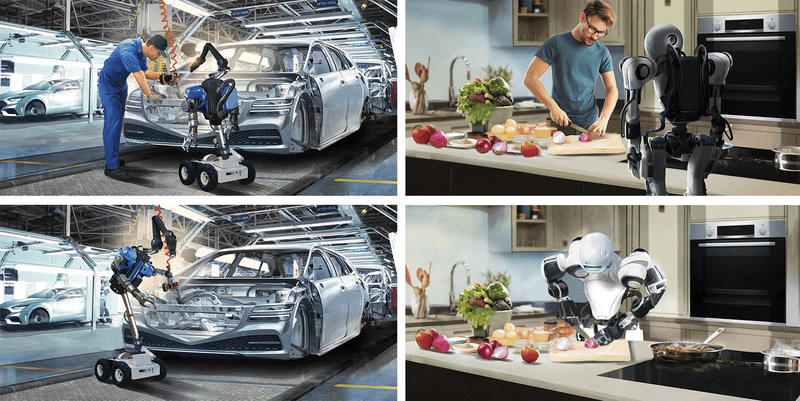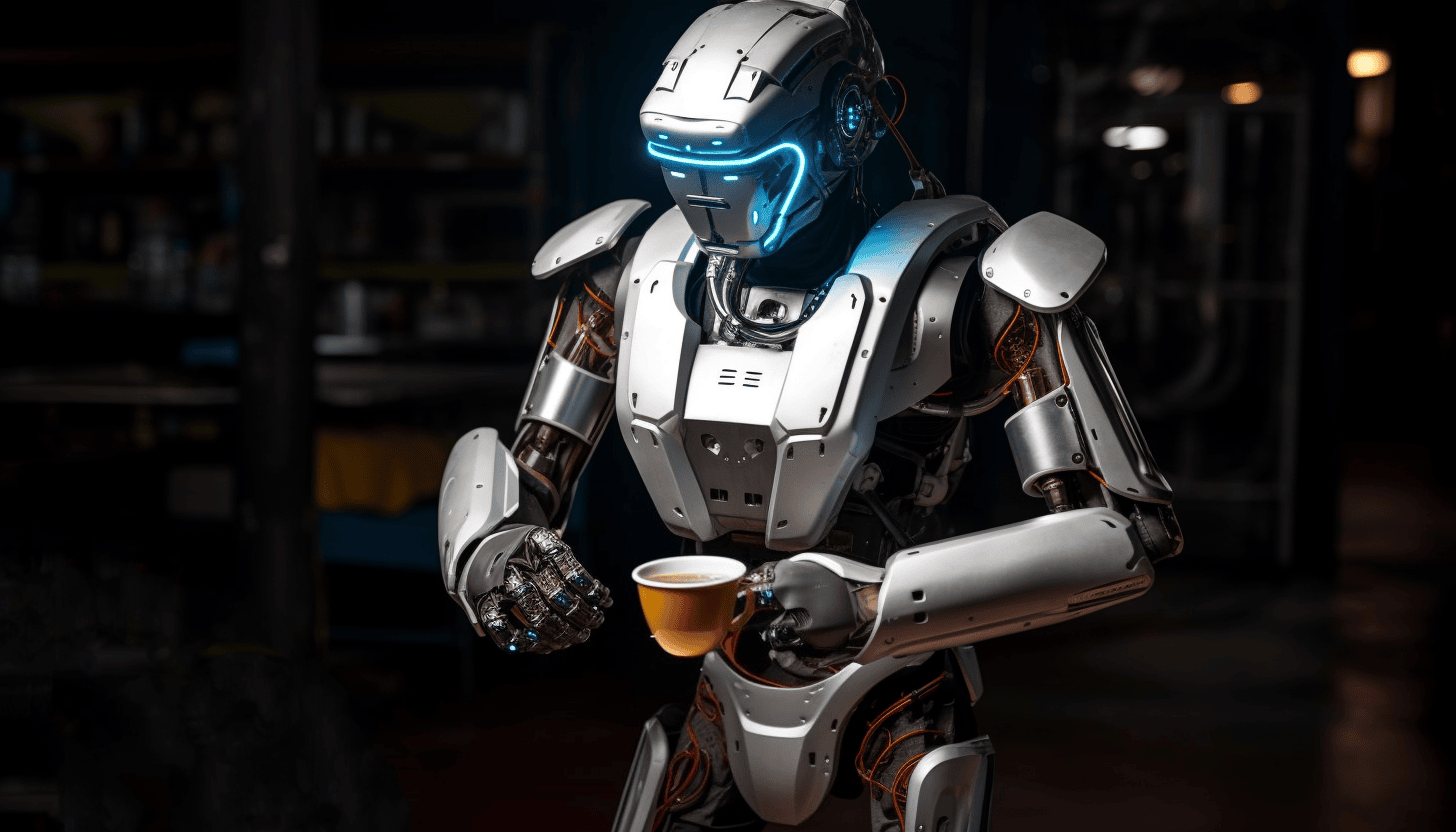Remember when you were a kid trying to learn something new, like tying shoes or solving a puzzle? The human journey is made up of trial and error, frustration and, ultimately, triumph. Now, imagine a machine going through the same learning path.
Under the guidance of Boston Dynamics and its founder Marc Raibert, these robots are learning, just like us. Every movement, every decision, is the result of sophisticated algorithms and a deep understanding of the surrounding environment. Raibert's pedagogical approach is shaping the future of robotics, but how does he imagine this future?
Robotic learning: a “human” journey
Do you remember the first times you tried to assemble a piece of furniture following those instructions that seemed to be written in an alien language? Or when you tried to prepare that complicated recipe, ending up with a… let's say unexpected result? Moments made of trials, errors and "just in case you win the World Cup", Ligabue would say (for readers of editions in other languages: he is an Italian rocker).
What if I told you that robots are experiencing these moments too? Not only in Google DeepMind, I intend. Also Boston Dynamics, under the visionary guidance of Marc Raibert, is trying to make every robot a little more “human.” Not in the literal sense, of course, but in the way he learns and interacts with the world.

In 1992, Raibert founded Boston Dynamics, with the aim of turning his academic research into practical applications. Under his leadership, the company has developed some of the most advanced and impressive robots in the world, such as Atlas e Spot. These robots are known for their ability to move in complex environments and for their agility, a direct result of Raibert's research on robot movement.
The art of learning
Before becoming the genius behind Boston Dynamics, Marc Raibert he was a professor at Carnegie Mellon and MIT. And like any good educator, he knew well that learning doesn't always happen in a linear way. Sometimes, you have to take a step back to take two steps forward. And that's exactly what's happening with Boston Dynamics' robots.
Take, for example, their attempt to teach robots to… pour a cup of tea. This may seem like a simple task? Think about all the variables at play: the temperature of the tea, the weight of the cup, the quantity of liquid... Naturally avoiding spilling everything!
How you do it? One of the most fascinating aspects of Boston Dynamics to robotic learning is… curiosity. Yes, robots can be “curious”! Obviously, not in the way we humans are, but through algorithms and programming. Marc Raibert and his team are teaching “electronic curiosity” to their robots. An organization that pushes them to explore, experiment and, above all, learn from their mistakes.

Towards a “human” future
The distance between the two worlds remains sidereal, but becomes ever thinner. And thanks to visionaries like Marc Raibert, we can hope for a future where robots are not just tools, but reliable helpers that can learn, adapt, and somehow “feel” the world around them in an almost human-like way.
When Raibert founded the Boston Dynamics AI Institute in August 2022, he decided to pursue his vision of future robotics. The Institute's first projects will focus on making robots useful outside the laboratory by teaching them to better understand the world around them.

The next time you see a Boston Dynamics robot in action, remember the learning journey it is going through. One day we might have tea with one of them, celebrating together the small and large successes that make the learning experience so great.


